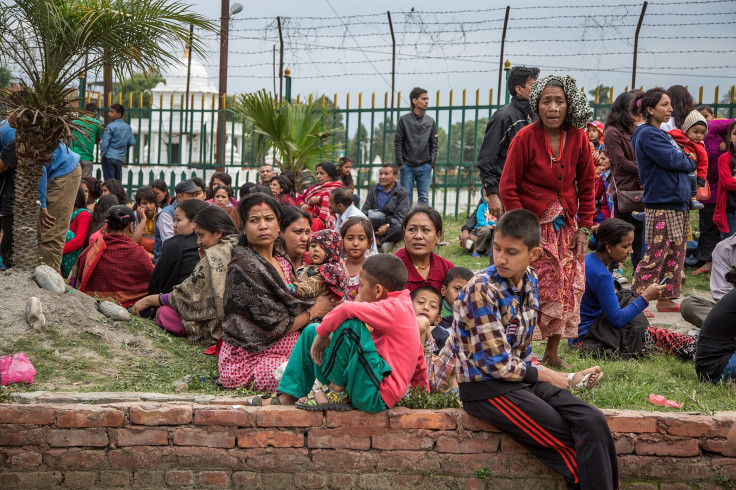Nepal Earthquake 2015: Facebook 'Safety Check' Allows Users To Confirm Well-Being, Alert Friends

Anybody in Nepal with a smartphone who is somehow able to connect to Facebook at this moment has likely received a little blue-and-white notification asking whether he or she is OK. Called Safety Check, the social-networking site's application is activated whenever a user appears to be located in an area newly hit by a natural disaster.
After a major earthquake struck Nepal Saturday morning, killing at least 1,500, Facebook's Safety Check kicked in. "Are you safe?" the app asks a user, who can then mark "I'm safe" or "I'm not in the area." A user can also mark their friends as safe, assuming this is the case.
This is what it looks like:
#Facebook has a feature asking whether you r safe or not from the #earthquake! #NepalEarthquake #NepalQuake pic.twitter.com/r0EIp1a6Gr
- Pratistha Thapa (@thapapratistha) April 25, 2015Facebook presented the app last October as a way to let users' friends on the social network -- ostensibly friends and relatives -- know they are safe in the event of a disaster. At the time, Facebook said the tool was engineered after the 2011 triple disaster in Japan: earthquake, tsunami and nuclear meltdown.
"People, relief organizations and first responders turn to Facebook in the aftermath of a major natural disaster," the company said in a statement when it launched Safety Check. "It is in these moments that communication is most critical both for people in the affected areas and for their friends and families anxious for news."
Other companies have deployed similar technological tools, such as Google's Person Finder tool, which enables families and first responders to gather or disseminate information as they search for survivors and victims. That tool was created after the 2010 earthquake in Haiti.
However, there has been criticism of these tools, and their usefulness in disaster zones where critical infrastructure has been destroyed. For example, Nepal is experiencing a lack of cell service and power outages.
© Copyright IBTimes 2024. All rights reserved.












